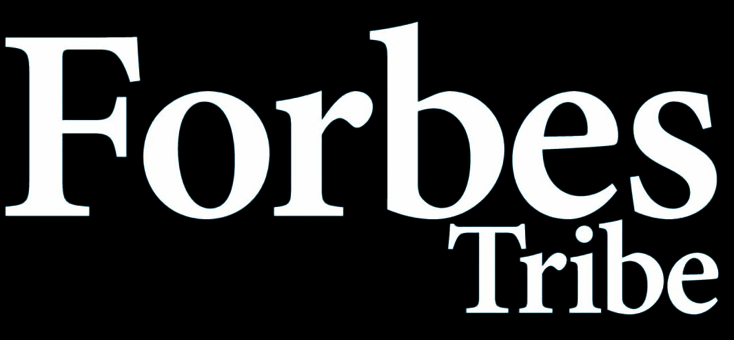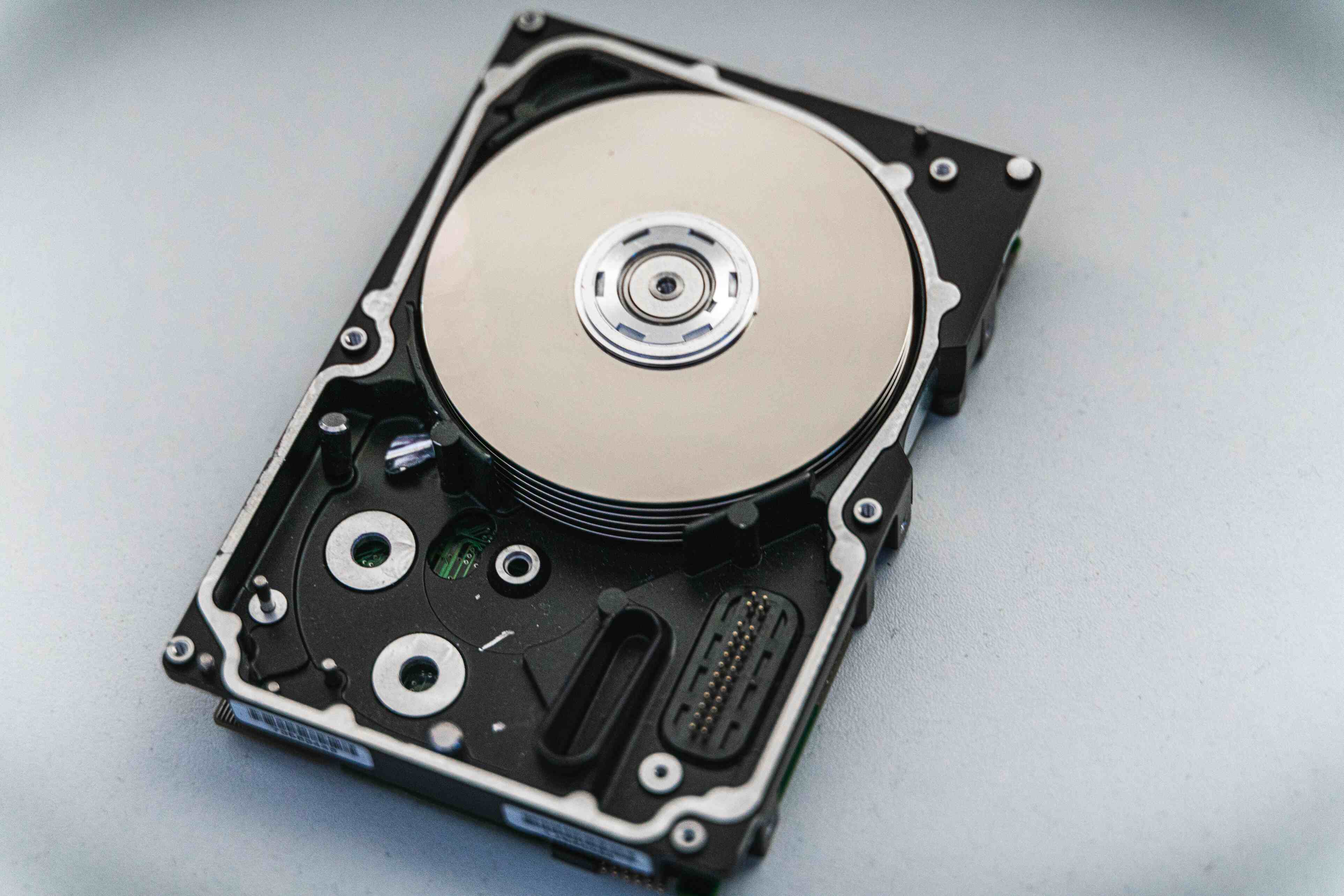Web 3.0: A Deep Dive into the Next Frontier of the Internet
Embarking on a new era of technological advancement, the concept of Web 3.0 emerges as a transformative powerhouse, set to reshape the digital landscape profoundly. Web 3.0, often dubbed the “Semantic Web” or “Decentralized Web,” signifies a departure from the centralized models of its predecessors, leveraging cutting-edge technologies like blockchain, artificial intelligence (AI), and decentralized protocols. In this article, we delve into the nuances of Web 3.0, exploring its key principles, potential applications, and the transformative impact it holds for users and industries.
Defining Web 3.0:
Web 3.0 marks a paradigm shift from the centralized structures of Web 1.0 and Web 2.0. Leveraging blockchain, AI, and decentralized protocols, it empowers users with unprecedented control over their digital experiences, envisioning an internet where data is seamlessly interconnected, accessible, and secure.
Key Principles of Web 3.0:
- Decentralization: Web 3.0 champions decentralization, dispersing power and data across a network of nodes, reducing reliance on a single authority. This not only enhances security but also fosters trust and transparency.
- Interoperability: Envisioning a connected digital landscape, Web 3.0 promotes interoperability, allowing disparate systems to communicate seamlessly. This facilitates a more collaborative and interconnected internet.
- User Empowerment: Shifting from passive consumers to active participants, Web 3.0 emphasizes user sovereignty, enabling individuals to control and monetize their digital identities and data.
- Smart Contracts: Enabled by blockchain, smart contracts automate and enforce contractual agreements, reducing the need for intermediaries and enhancing transaction efficiency and transparency.
Potential Applications of Web 3.0:
- Decentralized Finance (DeFi): Web 3.0 gives rise to decentralized finance, revolutionizing financial services on blockchain. DeFi platforms offer users the ability to trade, lend, borrow, and earn interest without traditional banking intermediaries.
- Blockchain-Based Identities: Web 3.0 introduces self-sovereign identities, providing individuals control over their personal information. Blockchain-based identity solutions enhance security, privacy, and selective information sharing.
- Enhanced Content Discovery: With improved semantic understanding and machine learning, Web 3.0 facilitates intelligent content discovery, delivering personalized and contextually relevant information tailored to user preferences.
- Supply Chain Transparency: Blockchain in Web 3.0 ensures end-to-end visibility in supply chains, reducing fraud, ensuring product authenticity, and enhancing trust between consumers and producers.
The Impact on Industries:
Web 3.0 is poised to disrupt industries such as finance, healthcare, education, and entertainment. Decentralized applications (DApps) on blockchain networks offer new avenues for innovation and efficiency, redefining how data is managed, shared, and monetized in a user-centric and secure digital landscape.
Challenges and Considerations:
While the vision of Web 3.0 is compelling, challenges like scalability, regulatory frameworks, and user adoption persist. Overcoming these hurdles requires collaborative efforts from technologists, policymakers, and industry stakeholders for a smooth transition to a decentralized internet.
Web 3.0 signifies a profound shift, promising a more inclusive, transparent, and user-centric internet. As the momentum towards Web 3.0 builds, the interplay of decentralized technologies is set to reshape online experiences, empowering users and fostering innovation across diverse sectors. Stay tuned as we witness the evolution unfold.






